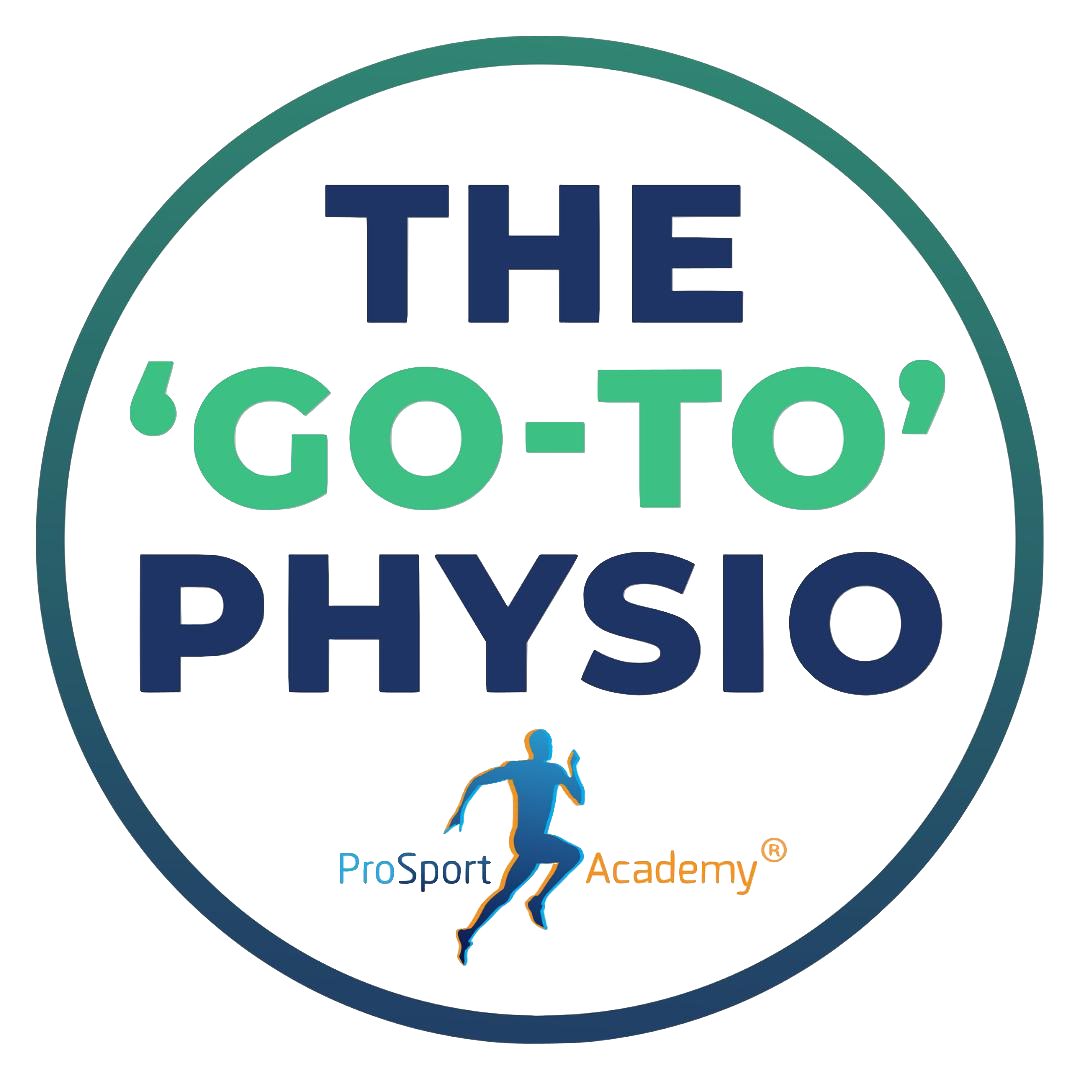A Private Practice Physiotherapist’s Guide to Confidence and Clarity

Do you ever struggle to make sense of your complex patients symptoms when they don’t present like the textbooks or university training led you to believe?
Do you find yourself sometimes too reliant on your hands on treatment to make changes to your patients pain or range of movement, only for the results to be short term?
Do you find yourself lying awake at night, second-guessing your patient treatment plans?
If so, use these 3 steps today to find the root cause of your patient’s problem, confidently explain the problem and plan and bridge the gap from low to high level rehab all the way to full recovery so you can become the ‘Go-To’ Physio in your town.
Step 1. Go Back To The Subjective Assessment And Help Yourself Critically THINK!

In the subjective assessment, the ‘Go-To’ physio needs a framework that allows you to ask higher quality questions that get higher quality information from your patient and organise it in a way that allows you to ‘connect the dots’.
Map out your patient’s injury history and times of prolonged stress in their life.
What previous injuries are in your complex patient’s story?
What motor adaptations may have occurred as a result that may have contributed to your patient’s current situation?
What non-physical stressors are in your patient’s story that may have contributed to your patient’s current situation?
Have you got a clear timeline of the previous injuries and times of prolonged increased stress clear in your mind?
This allows you to make sense of your patient’s symptoms and identify the peripheral tissues (if any) that are contributing to the pain experience.
Take this information and use it in step 2.
Step 2. Ask The Three ‘Go-To’ Physio Critical Thinking Questions While Performing Your Objective Assessment

The key shift for you in the Objective Assessment to help make sense of your patient’s symptoms is to move away from a ‘diagnosis’ based assessment.
The ‘Go-To’ Physio Method objective assessment moves towards a ‘shopping basket’ approach instead. First termed by Louis Gifford, a shopping basket approach
empowers the therapist to focus on things that you can influence in the objective assessment rather than missing the wood from the trees with a strictly ‘diagnosis’ based approach.
While the patient is performing the objective assessment movements, use the 3 ‘Go-To’ Physio Critical Thinking Questions:
- Am I solving the root problem or just a symptom of the problem
- What isn’t happening that if it was happening, the symptoms would disappear once and for all?
- What is happening that if it wasn’t happening the symptoms would disappear once and for all?
Hint: the answer to question #2 is more than likely found in your subjective assessment timeline above!
These questions focus your mind and allow you to find the root problem and ensure the treatment plan solves the problem once and for all.
Step 3. Put The Tissues That Are Not Doing Enough Work In A Position Where They Have No Choice But To Tolerate Load (In A Graded Exposure Manner)

Once you have identified what tissues may not be now doing enough work (either because of the pain or because of previous injuries), it is time to undo these changes and show your patient’s nervous system it is safe to tolerate load.
One of the key ‘Go-To’ Physio principles of the early stage rehabilitation exercises is to put the tissues that are not doing enough work in a position where they’ve got no choice but to produce force and give the nervous system an opportunity to tolerate load.
It is here where we also use the information gained from the objective assessment to take away the ‘cheat’s’ that the patient’s nervous system will usually try to use instead.
Another key principle at this level is to ensure the subconscious mind is also consumed in the exercise by further increasing the threat response in the appropriate dosage. The ‘Go-To’ Physio can achieve this using a number of physiological and neurological principles in their rehab approach such as challenging your patient’s base of support slightly.
The ‘Go-To’ Physio also combines key performance indicators with early stage rehabilitation exercises to ensure you have the confidence to progress or regress the patient at the right time.
These early stage rehab exercises adhere to the physiological principles of muscles and human movement and therefore are highly effective in helping to update the nervous system’s belief around the ability to tolerate load. This in turn can decrease the perceived threat, increase range of motion quickly and bring about more long lasting changes.
If used appropriately the patient will feel the difference immediately and will not become reliant on hands on treatment as the exercises will give the patient the exact same feeling that hands on treatment gives them.
So what positions can you now put your patient in to show their nervous system it is safe to tolerate load in the areas that are not doing enough work?
How can you do this while also getting the other synergists to coordinate the movement as one system?
How can you do this while adhering to how muscles really behave and act in the real world?
What is the next logical progression that helps the patient move one step closer to their dream outcome?
Conclusion And Putting It All Together In The Clinic Today!
So there you have it, the 3 steps to deconstruct your patient’s symptoms. Think twice and treat once! Critically think and ask yourself questions to give yourself a chance to focus and connect the dots. Here is a quick recap to use in the clinic today:
Subjective Assessment
Map out your patient’s injury timeline and include now physical stressors. Ask yourself the following questions:
What previous injuries are in your complex patient’s story?
What motor adaptations may have occurred as a result that may have contributed to your patient’s current situation?
What non-physical stressors are in your patient’s story that may have contributed to your patient’s current situation?
Have you got a clear timeline of the previous injuries and times of prolonged increased stress clear in your mind?
Objective Assessment
Use the 3 ‘Go-To’ Physio Critical Thinking Questions During Your Objective Assesment:
- Am I solving the root problem or just a symptom of the problem
- What isn’t happening that if it was happening, the symptoms would disappear once and for all?
- What is happening that if it wasn’t happening the symptoms would disappear once and for all?
Rehab Exercise Prescription
What positions can you now put your patient in to show their nervous system it is safe to tolerate load in the areas that are not doing enough work?
How can you do this while also getting the other synergists to coordinate the movement as one system?
How can you do this while adhering to how muscles really behave and act in the real world?
What is the next logical progression that helps the patient move one step closer to their dream outcome?
Take 10 minutes to answer these questions and you’ll already be on the path to becoming a calm, confident ‘Go-To’ Physio that can help the complex cases that have failed traditional approaches.
If you’d like some help putting together a structured step by step system that gives you the confidence to help any patient then click here to schedule a call to find out how the ‘Go-To’ Physio Mentorship program can help you save stress, time, money and effort in helping your patients get consistent, predictable and long lasting results.



